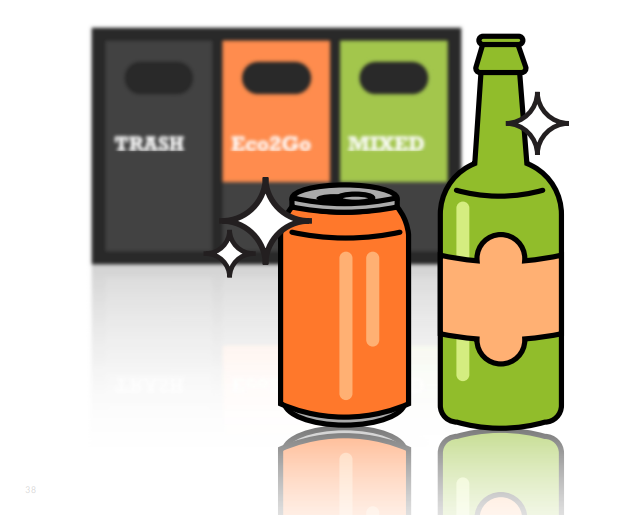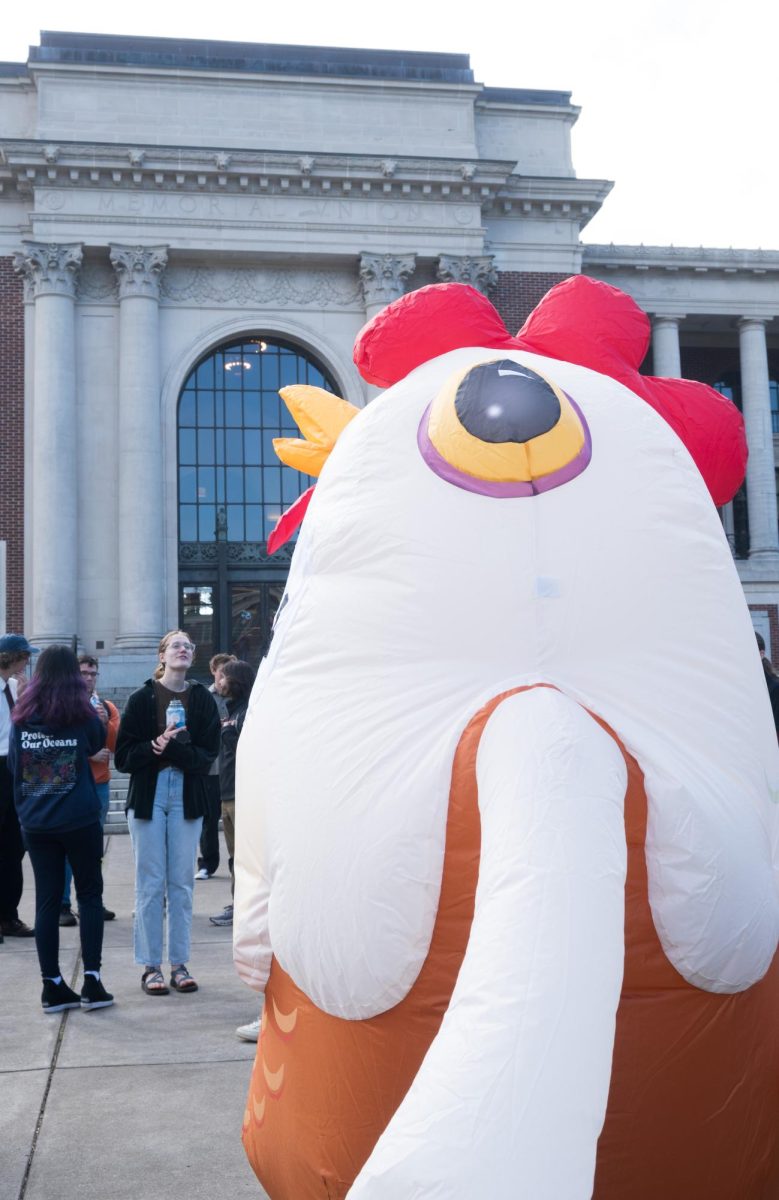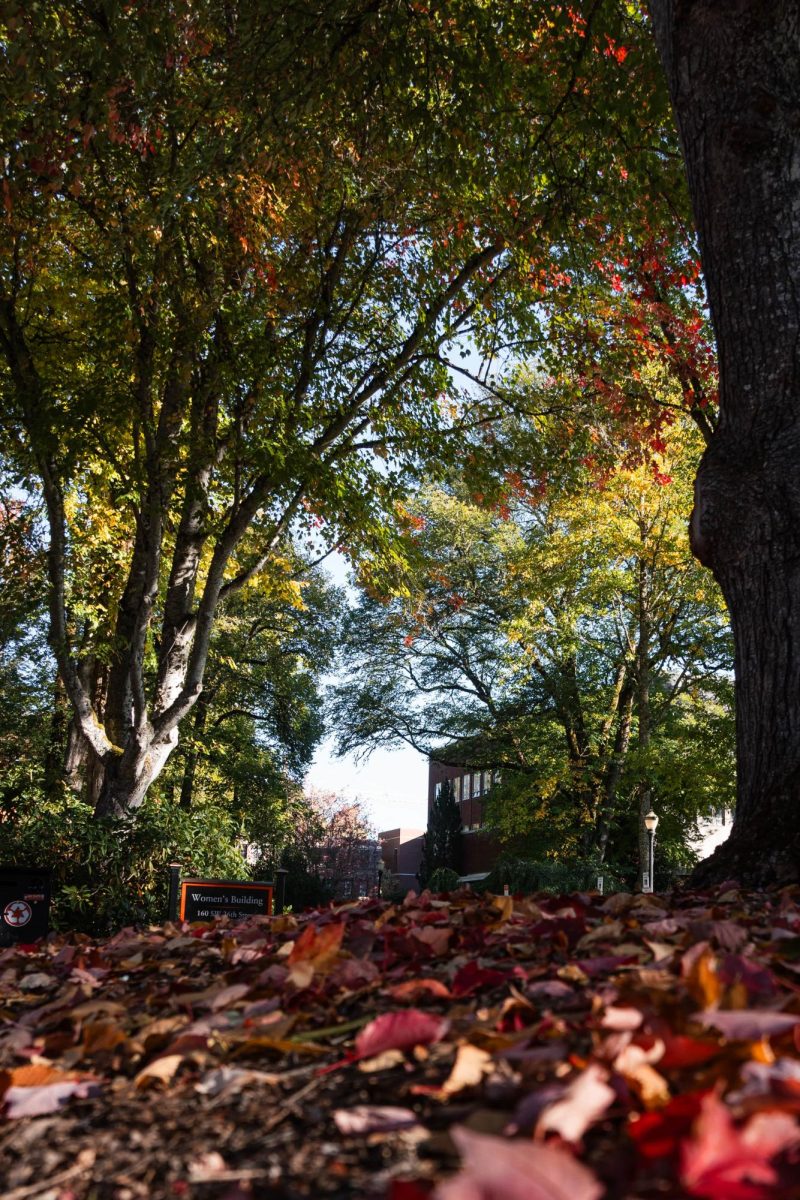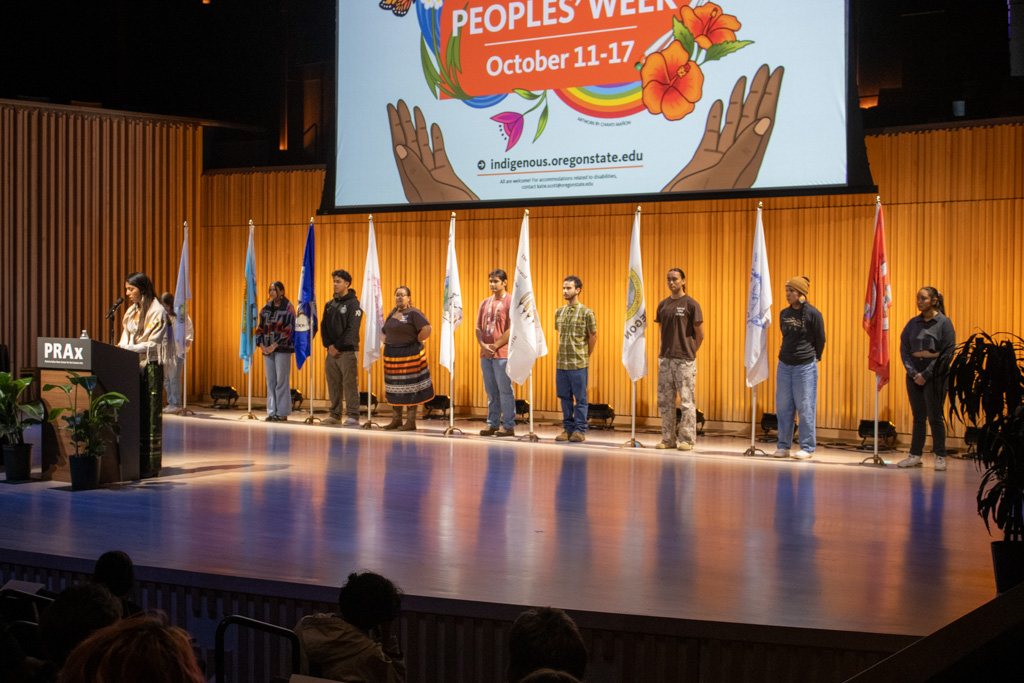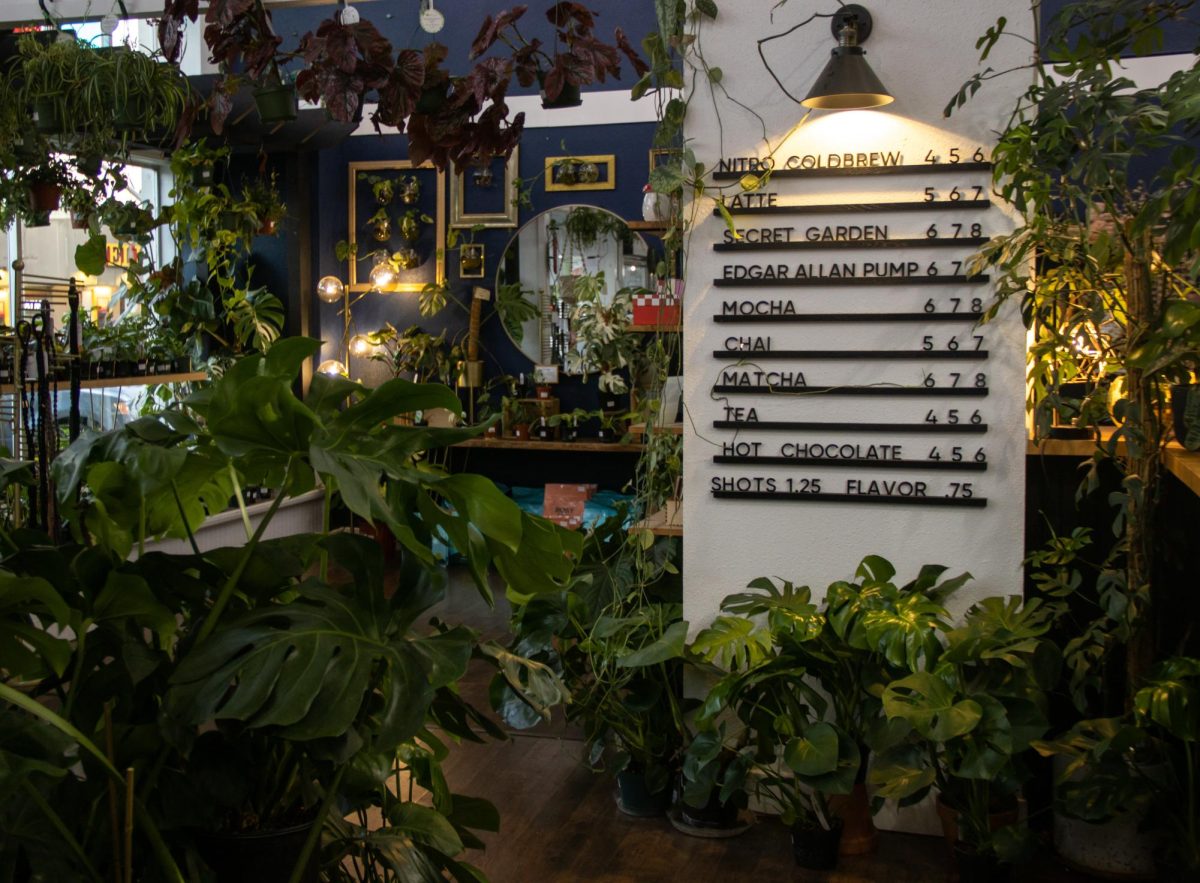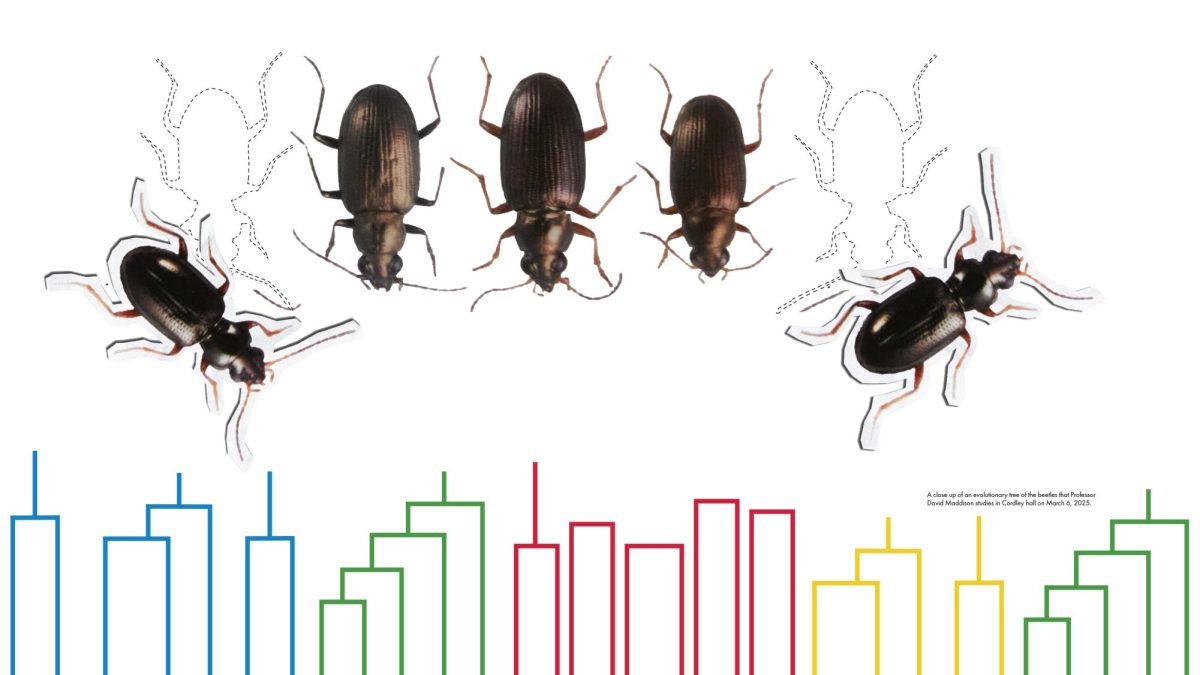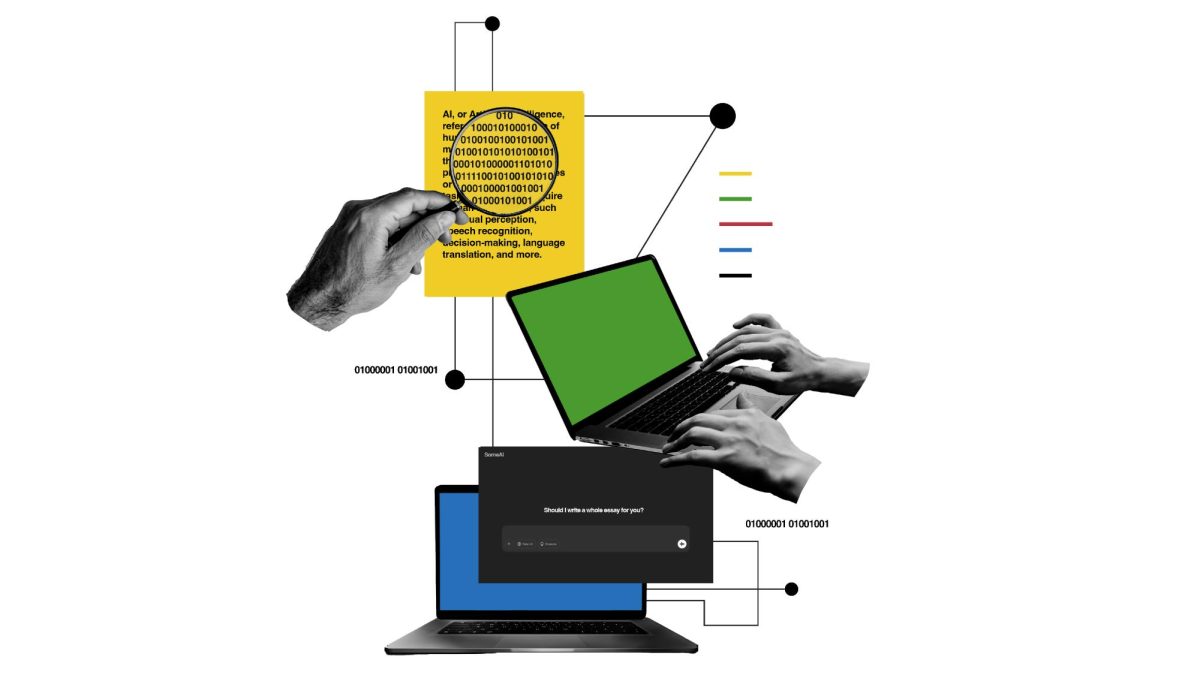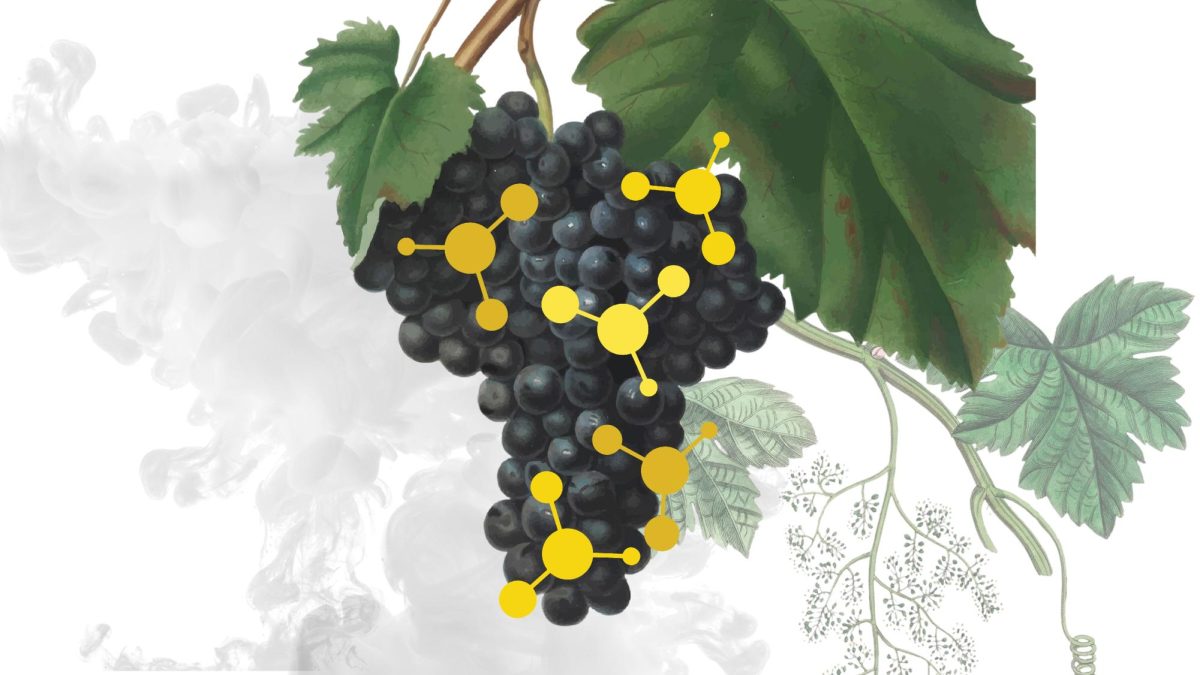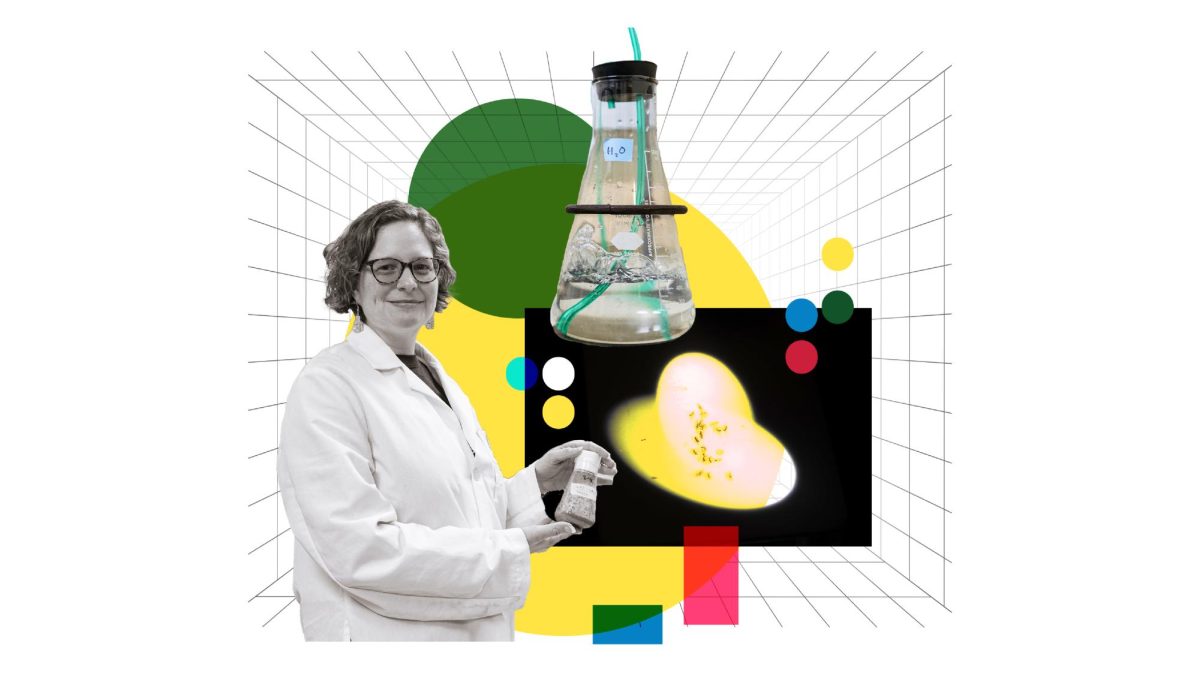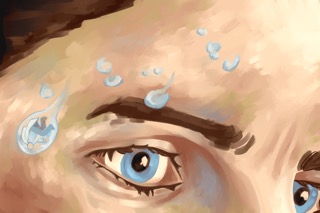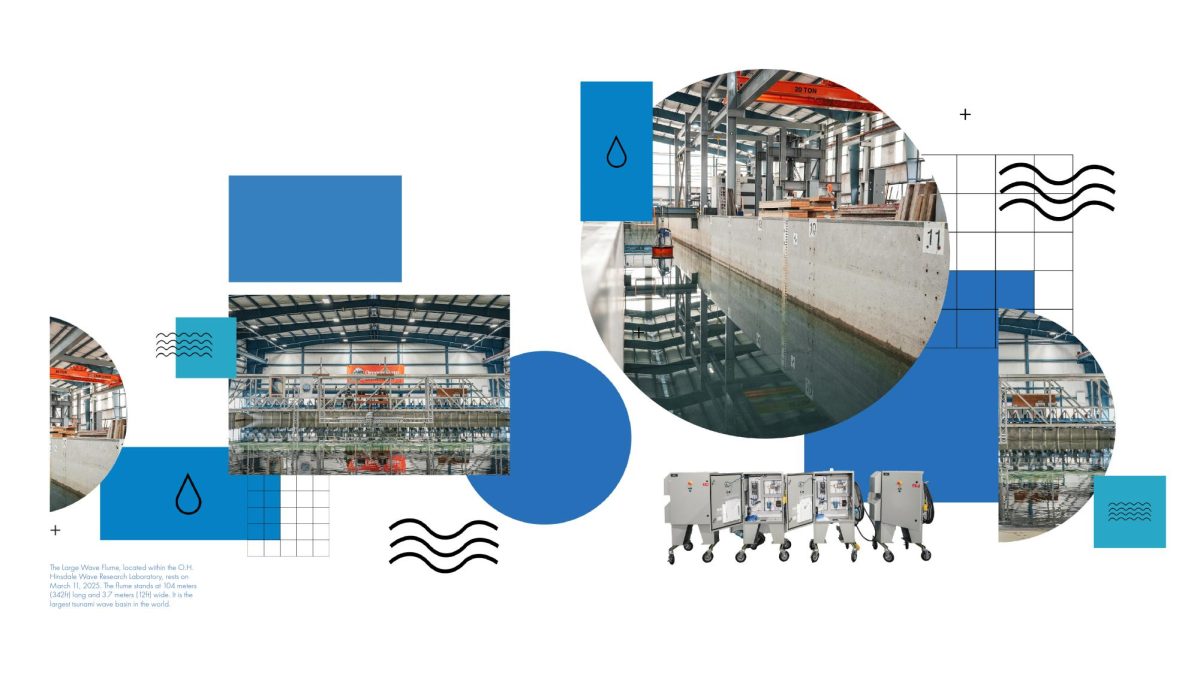The clock hits 1:50 p.m. and you’ve just finished your classes for the day…and your soda. The bottle has some residue left at the bottom. You carry it to the waste receptacle at the top of the red Learning Innovation Center stairs, the connected bins stare back at you.
You may know that the cap of the bottle isn’t recyclable (or you may not), but there is liquid at the bottom of the bottle that would ruin the rest of the bin regardless. The sign above it says recycle the bottle, cap and all, but that feels wrong too, even if it’s what the company wants. You’ve been standing there too long, so you resort to the trash can.
Recycling on OSU campus is a task that involves an entire company just to get it organized enough to ship out of town, but many Oregon State University students don’t understand that process.
This is something that Maebeth Cathey-Walker, a third-year natural resources major has concerns about.
“I noticed a lot of bottles and cans are just thrown away, and students don’t know the differences in what plastics they can and can’t recycle,” Cathey-Walker said.
Cathay-Walker said that she, and other students, don’t know the full extent of where her recycling goes after they drop it into a container, which she believes discourages students from recycling since they don’t know the details.
“I think if we knew where our cans and bottles were going (if they were recycled or bottle dropped by the school or other sources) that would encourage students to recycle more just by knowing where it’s going,” Cathay-Walker said.
According to Kaylee Smith, an administrative program specialist for Materials Management, recycling on campus is a multiple step process.
She said that first, there are recycling containers in the hallways of each building, a system that makes it easier to collect all of the waste bins more frequently. The move to put receptacles in halls happened in 2014 with the All-in-the-Hall program, in order to minimize the number of bins employees had to empty each time.
“We’ve got 3,000 locations across campus and that includes paper and bottles and cans and cardboard,” Smith said.
Above each one, there are posters depicting what can and can’t be recycled, and steps to take that will make it easier to process on their end, such as keeping soda bottles capped before tossing them in.
According to Smith, the bottles and cans collected by the team are bottle-dropped for 10 cents back for each due to the Oregon Bottle Bill. This money gets reworked into the budget of Campus Recycling, but also requires a lot of hands-on sorting beforehand. This sorting is done at the small Materials Recovery Facility at OSU
“(Our MRF) is literally just a place for our students to stand and sort and there’s a conveyor belt that puts things up into the other types of recyclable so if there’s a piece of paper in there and it’s not covered in soda, we will put it into the recyclables if there’s liquid we pour it out. If there’s trash, we throw it away,” Smith said.
This is how bottles are prepped to be dropped off after they are gathered from the receptacles. Sorting days usually happen once or twice a week, but depending on event schedules this can change.
“Paper is a similar situation except it comes back to the recycling home base,” Smith said. Most of the other material is also brought back to the recycling base.
According to Smith, Campus Recycling does not do any recycling on site other than special requests by an organization on campus to use materials.
For the most part, Campus Recycling ships materials, including paper, cardboard, bottles and cans, books, metal, mixed recycling and others to companies after they are processed through their warehouses. Garten and Republic Services are used the most but there are many others as well, according to Smith.
Because of the huge range of recyclable materials, organization, planning and communication are some of the most important parts of the job according to Kaylee.
On the Campus Recycling website, there is a list of how to recycle for each material.. This explains the different types of material that is accepted, and specially what can be recycled in each one.
According to the cardboard guide, “empty pizza boxes are only okay if not contaminated with food or oil; clean portions can be torn off and recycled.”
According to Smith, this is one of the big things to note in terms of recycling on campus. Often, a soda bottle will be thrown away in a hall recycling bin. That soda bottle then sits there until a team comes to empty the bin. Then the bottle travels to the sorting center. Student employees will then fall upon that bottle while hand-sorting and end up having to throw out a whole bag of sticky recycling.
While a soda bottle is recyclable in a clean state, Smith said that it can get complicated quickly and encourages students to follow the posted guidelines exactly to make the employees’ life easier.
Campus Recycling manages not only the classic materials thought of as recyclable, but also large items that can be found in the OSUsed store. The store is dedicated to furniture, materials and other objects that are no longer being used on campus that then are sent to OSUsed to be distributed affordably to new owners.
There have also been efforts in the past years to up composting in the dorms, get rid of disposable to-go containers and ultimately minimize waste on campus. Groups such as Waste Watchers Sustainability Club, of which Smith is the advisor of, have been working to get composting back into the library recently.
The library had previously had composting, but it was shut down due to miscommunication about the use of compostable bags, but they are trying to reup that effort according to Smith.
“There’s this audience that’s begging for the institution to catch up to them. The institution is this giant yacht. To turn a giant yacht it takes a lot of people and a lot of people in the right places to catch up to them, versus in a canoe where you can do it by yourself,” Smith said.
Smith thinks that incoming students at OSU have been more knowledgeable and more passionate about sustainability recently and some of them don’t know where to start. However, part of what Campus Recycling wants to do is to make that more accessible to students, and help them understand what they can do to help.

